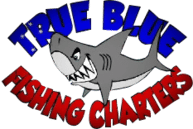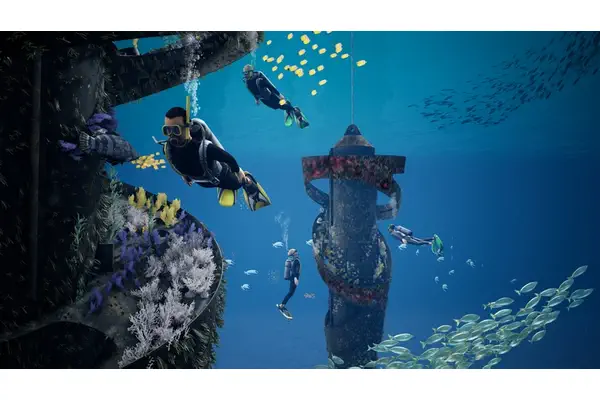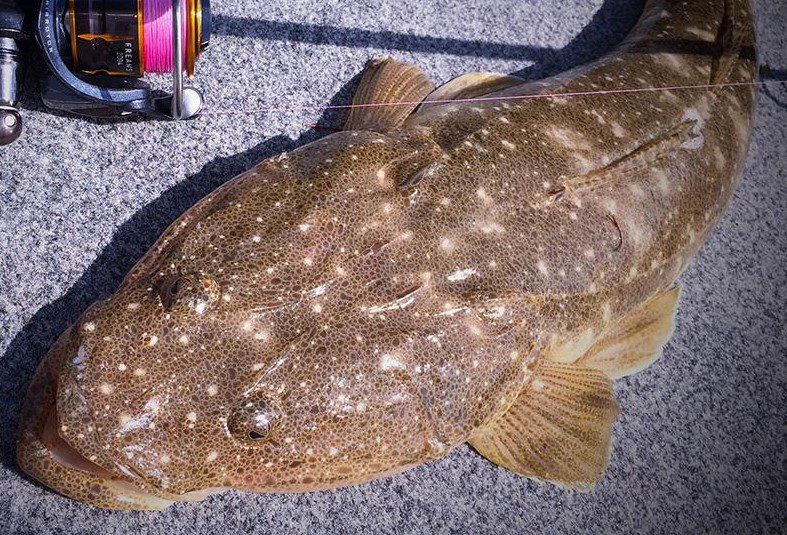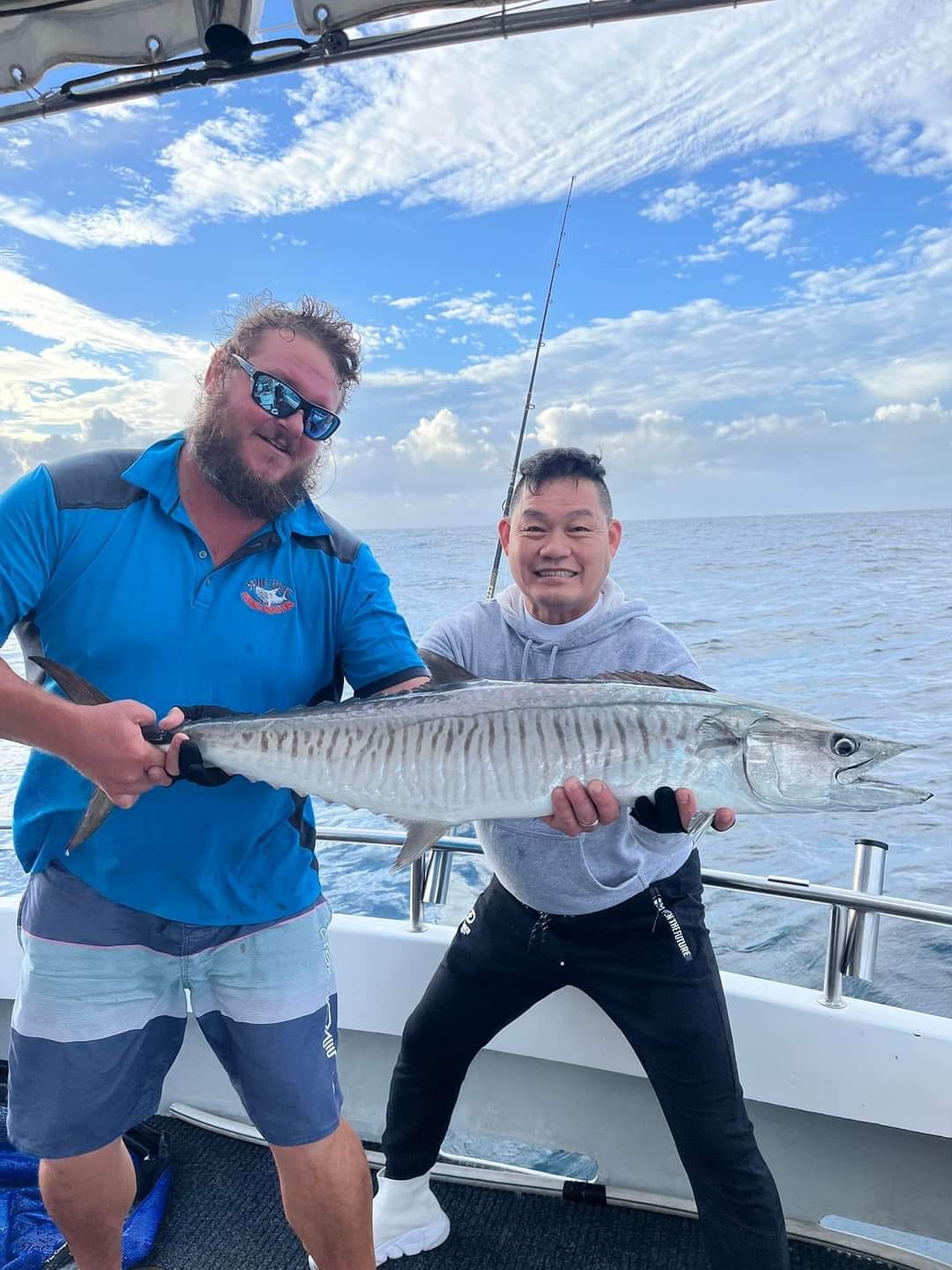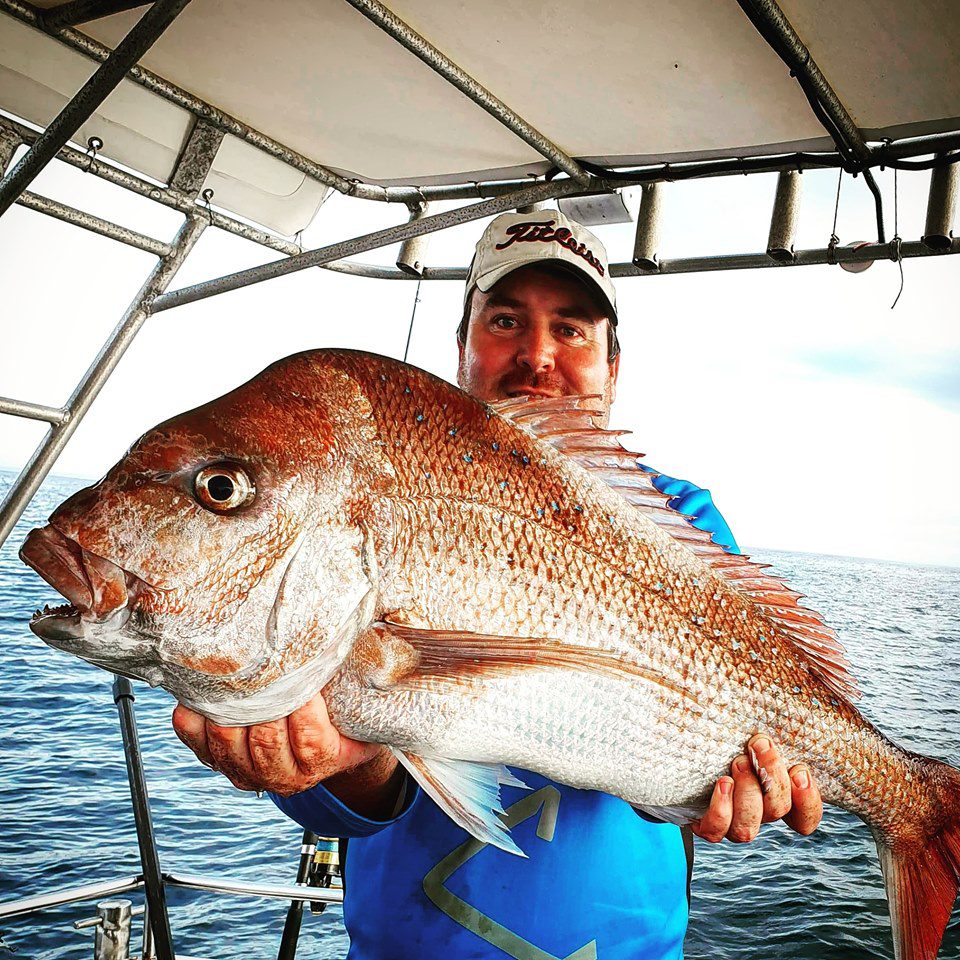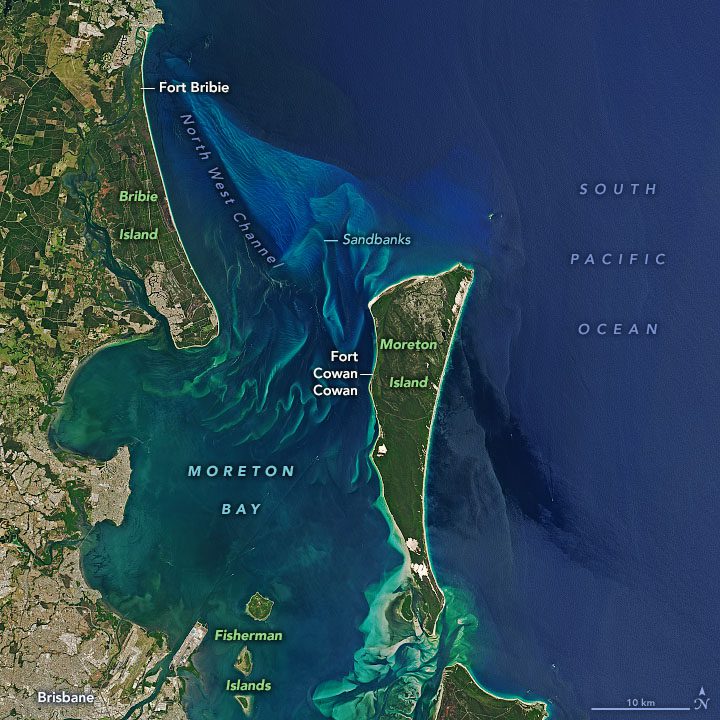A Practical Guide to Gold Coast Prawning.
Gold Coast Prawning. Written by Anthony Coughran.
Prawns Gold Coast – Gold Coast Prawning!!
The SEQ, Gold Coast and Far northern NSW have a many different species of prawn. 
These are the Most common species in our area:
Banana prawn ( Penaeus merguiensis, Penaeus indicus.) located from Shark Bay in WA around the top end to northern NSW. They can reach sizes of 34cm long and their season is from November to May.
School prawn ( Metapehaeus macleayi) located from mid Queensland to SE Victoria boarder. They can grow up to 25cm and their season is from November to May.
Tiger prawn
( Penaeus monodon)
Their are 3 sub groups to tiger prawns.
Black tiger prawn ( farmed) caught all year round.
Brown tiger prawn ( wild caught) caught year round. But peak in feb to May.
Grooved tiger prawn ( wild caught) caught all year round but peak in feb to May.
their range is from mid coast nsw around the top end shark bay in WA. They can grow up to 33cm long.
 Eastern king prawn
Eastern king prawn
(Penaeus plebejus)
Their range right up the east coast. From the tassie through to the gulf. Mainly caught by trawlers offshore. Can reach sizes of 30cm. Mainly caught by trawlers.
Coral prawn:
( a couple of different genius in the family.)
Found right up the east coast in coastal reefs. Mainly caught around reefs and gritty bottom by trawlers.
Mantis shrimp:
Mantis shrimp are found right around Australia from estuaries from coast flats out to shelf in 1500m. We have over 125 different species in Australian waters. Mainly Caught by hand or by-catch from trawlers or line fisherman. Can be caught by hand around Morton bay and in close reefs.
Bag limits:
10lts per person. A boat limit of 20lts for two or more people.
*Remember bag limit applies to all of your catch not just that day or while your on the water. That Including what you have in your fridge, freezer or even what you have as bait.
Prawn have two sharp spikes they use for as a defence mechanism. One on the head and one on the tail. Caution is advised when handling. They use these spikes to defend themselves from predictors.
They moult their shells regularly. Which means they totally regenerate a new exoskeleton. They go through a pre- moulting stage of 10-12 days and a post- moulting stage of 2-6 days.
Spawning/life cycle:
a single prawn can spawn more then once a season. Females release hundred of thousands of eggs each spawn. Fertilised  eggs hatch within 24hrs and the larvae of banana, tigers and school prawn all drift shorewards to the shallows. Where your king, coral, endeavour prawns drift to shallow reefs, Gritty trenchers and shale bottoms off the coast and bays.
eggs hatch within 24hrs and the larvae of banana, tigers and school prawn all drift shorewards to the shallows. Where your king, coral, endeavour prawns drift to shallow reefs, Gritty trenchers and shale bottoms off the coast and bays.
Most prawn live a hard fast life and die after spawning at the end of one to two years. First few weeks of all prawn life are spent drifting. Banana, tigers and school prawn try to make their way up into the estuaries. Pushing ever further closer to the freshwater. Where they become adolescents after about 6-8weeks. They will dig into the sand and feed up and grow very rapidly at this stage. After a year they start to make their way back out of the estuaries to start to spawn.
Where to find prawns:
You can find banana prawn in mot systems from northern nsw through to shark bay in WA. They generally school up in hole in the estuaries and bays. But really like to sit in 18ft ( 5.5m) to 40ft (12m) they will sit in shallower water or deeper water. Depending on where they are moving.
They prefer the deep water to avoid flying predators. Such as gulls, terns and other birds. But the magical number for depths seems to be 20ft (6m). Are mainly caught by cast nets. Any cast net will catch them. But top pocket chain bottom nets always catch more.
Schoolies love the shallows. Love to having in that 2m – 8m of water and can found in good number in small holes in the shallows.
More seem to get caught in the Richmond and Clarence rivers then just about anywhere. Mainly trawled by the pros. Can be caught with a scoop net and good light or torch. But registered haul nets catch lots more.
Tiger prawns. Are caught in all sorts of depths. From shallows through to the deep holes. But more seem to get caught around weed beds and drains with spot lights and scoop nets then any other style. Can be cast netted in Qld. But harder to find schools as they don’t school up as much as other prawns.
Gold Coast Prawning, Sounders/ down scan and side scan:
Are a very handy tool for finding banana prawn in the deeper holes. Prawn generally look pretty similar on most sounders depending on how thick the school is. Sides scan can help a lot when in the shallows. You will see them out the side if working along a bank or sand bar. You will always catch more casting out the back of your boat. This is because you normally have just driven over them.
When they aren’t thick:
they can look like grass on the bottom. Thin bands of small lines across the bottom. Can look like snow. So little dots through the hole screen. Patches of small lines stacked in a pyramid. Depends on size of school or patch and what depth your in.
 When they are thick:
When they are thick:
You will know. They can white out your whole sounder and can be seen skipping out of the water, even in deep water.
Cast nets:
Many different nets out there and they all work best in different conditions and spots.
Bottom pocket:
Bottom pocket nets are best in shallows. As a lot of the prawn stay down low in the net and get caught in the bottom pocket because of the depth of water they are in. Best in depths of up to 3m. Best used in drains around sand and weed beds.
Top and bottom pocket:
are best in mid depth water. So from 1m – 6m of water. As still a lot of prawn hang low and get caught in the bottom pocket. But can sink slower as they have more drag.
Drawstring:
Best used in deep water with rough or snaggy bottom and when the prawn are on the top of the water column. So you can pull the net before it hit bottom to avoid the snags.
Top pocket:
Is the best net for prawning. Most are hand made by local net makers. Most are 12ft and have a 6kg chain on the bottom. Which allows them to spread and sink fast. Best used in 4- 30m of water. Prawns will flick up the net and end up in the top pocket. This is what gets most prawners going. The flick in the net and rope. The more flicks the better the bag and the more prawn. Most prawners are addicted to this flick in the net.
Scoop or butterfly nets:
You can buy all sorts of scoop nets or make your own. Pet or two dollar shops are probably one of the best spots to buy a scoop net for prawning. You can make your own by bending wire into a hoop shape and sewing mesh around it and into a bag. A long handle will help get those fleeing prawn.
Haul/ drag net:
A registered haul net is a great way to get those prawn up in the drain and shallows. Particularly school prawn. So you can walk a drain with it. Or swim one end of it around a small hole and drag it in. Can be a very affective way to catch those very shallow prawn.
Chain, lead or rings:
Which weight should I get on my net. Well it’s all personal preference. I have used them all. Lead, chain and rings and they all have their benefits. Chain sinks super quick but can catch more on snags. Lead sinks slower but won’t snag up as easy. Rings are really noisy and can be a little snaggy too. Rings sink at a rate between chain and lead. Best bet is to try one of each and make your own mind up.
Fish preservation and cleaning:
Some people like to purge their prawn by placing them in a live tank or bucket of water. So they release all their grit. Some people like to cut the shit shoot out when cooking. But it all depends on where you get your prawn from.
the shit shoot out when cooking. But it all depends on where you get your prawn from.
Shallow water prawn always have more grit. As the ones out in the deeper water are about to spawn so are more cleaner and normally don’t have as much grit. But if you catch them and eat them that day. You won’t have a problem.
Placed straight into an icey slurry is the best way to keep them as fresh as possible. Throwing a handful of salt into the slurry will help heaps with preservation. You can freeze prawn. But are best eaten fresh or with in 3 weeks of freezing.
Cooking:
Prawns have to be one of the most versatile seafoods out there. There isn’t much you can’t do with them. From steak toppers to straight boiled. Pastas, curries, gumbo, garlic, stir fry, deep fried, pizza, toast, cocktails and they go with most meats. Chicken and bacon especially. A wide variety of fruits and Veg too. Prawn and advo sandwiches are great. Prawn veggie bake. You can do just about anything with them.
Remember to only take what you need. As it’s not always necessary to keep your bag limit or more fish or prawn then you can eat that night.
Having a fish ID app, fish ID books like Grants guide to fish or a fish almanac will help you identify the species you have caught. Which mean there will be no confusion when you get back in or with dpi. Or you can ask us. But if you are unsure take a pic and throw it back. You can always ask us when your back in. It’s not worth it if you don’t know what it is.
If you would like any additional information on chasing prawn drop us a line we will help you out. On behalf of The team at FFGC we wish everybody fishing fun, stay safe and tight lines and enjoy your Gold coast prawning. Thanks AntFFGC.
